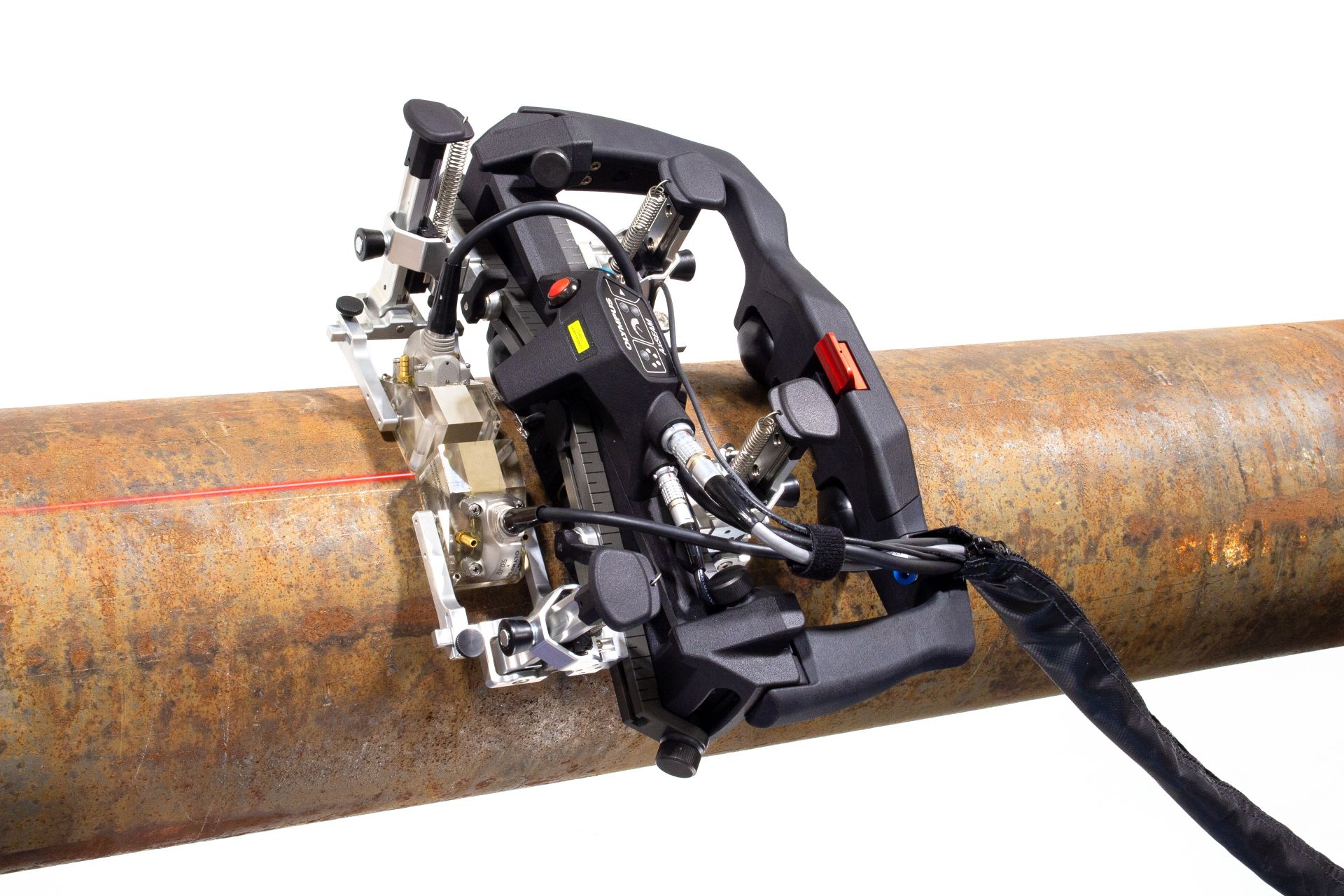Comprehensive Introduction of Pipe Welding Evaluation Treatments
Pipe welding inspection procedures play a vital role in assuring that bonded connections meet rigorous market requirements and specifications. From thorough pre-welding assessments to extensive post-weld assessments, a distinct evaluation procedure is necessary for maintaining the architectural strength of pipes.
Pre-welding Assessment Preparations
Before starting the welding process, thorough pre-welding assessment preparations are important to guarantee the honesty and quality of the weld joint. These prep work involve a careful evaluation of the products to be bonded, the welding devices, and the job environment. The products have to be evaluated for any problems, pollutants, or incongruities that might endanger the weld. This consists of monitoring for proper material qualities, measurements, and surface area conditions. Pipeline Welding Inspection. Furthermore, the welding devices requires to be evaluated to verify that it is in great functioning problem, adjusted correctly, and appropriate for the certain welding procedure. Any kind of issues with the equipment ought to be attended to without delay to stop problems in the weld. Last but not least, the workplace should be evaluated for tidiness, proper air flow, and safety actions to make certain a helpful setting for the welding operation. By conducting comprehensive pre-welding evaluation preparations, potential issues can be identified and dealt with at an early stage, resulting in premium and trustworthy weld joints.
Welding Procedure Credentials
Extensive pre-welding inspection prep work lay the foundation for the important process of Welding Treatment Qualification, making certain the stability and top quality of the weld joint. Welding Procedure Credentials (WPQ) is an important action in the welding process that includes screening and certifying welding treatments to assure they satisfy details standards and demands. The WPQ procedure usually includes welding procedure specification development, welding procedure certification screening, and paperwork of the results.
Throughout welding procedure specification advancement, vital information such as the welding process, welding materials, joint style, and welding criteria are defined to produce a detailed treatment. Subsequently, welding procedure credentials screening is conducted to validate the suggested treatment's honesty. This screening frequently includes welding examination promo codes that are subjected to various mechanical and non-destructive tests to examine the weld's high quality and adherence to the defined criteria.
In-process Weld Examination
Throughout the welding procedure, in-process weld inspection plays a vital duty in making certain the top quality and honesty of the weld joint - Pipeline Welding Inspection. This kind of inspection involves monitoring the welding parameters, evaluating the weld bead formation, and finding any kind of possible issues or stoppages as they take place. By performing in-process weld examinations, welding drivers can immediately attend to any type of issues that may arise, therefore protecting against more flaws and making sure that the last weld meets the required requirements
Typical methods used for in-process weld examination include visual examination, liquid penetrant testing, magnetic fragment testing, ultrasonic screening, and radiographic screening. Aesthetic assessment is frequently the very first step at the same time, permitting examiners to visually analyze the weld for surface abnormalities such as fractures, porosity, or incomplete blend. Advanced methods like ultrasonic screening and radiographic screening supply comprehensive understandings into the internal structure of the weld, ensuring that there are no discover this surprise problems that can compromise the weld joint's toughness and honesty. On the whole, in-process weld examination is vital for maintaining the top quality and integrity of welded pipes.
Non-destructive Screening (NDT)
Non-destructive Screening (NDT) is a crucial technique used in pipe welding inspection to examine the honesty of weld joints without causing damage to the welded structure. By making use of numerous NDT techniques, examiners can examine the top quality of welds and recognize any problems or interruptions that might endanger the architectural soundness of the pipeline. Common NDT techniques used in pipe welding examination consist of Radiographic Screening (RT), Ultrasonic Screening (UT), Magnetic Fragment Testing (MPT), Liquid Penetrant Testing (LPT), and Visual Testing (VT)
RT entails the usage of X-rays or gamma rays to create images of the inner framework of the weld, check over here enabling examiners to spot defects such as porosity, splits, or insufficient fusion. In addition, VT entails visual inspection of welds to recognize any type of visible blemishes.
Post-weld Examination and Paperwork


Documentation of post-weld assessment findings is necessary for keeping high quality control records and making sure compliance with market standards and guidelines. Detailed records should consist of details regarding the examination methods made use of, the location and nature of any type of issues discovered, and any type of restorative actions taken - Pipeline Welding Inspection. Correct documentation not only works as a document of the weld's quality however also aids in future upkeep and inspection processes
Verdict

In conclusion, pipeline welding assessment procedures play an important function in making certain the top quality and honesty of welds. Overall, adherence to proper inspection protocols is essential to the success of pipe welding tasks.
From precise pre-welding assessments to detailed post-weld evaluations, a well-defined assessment process is necessary for preserving the structural stability of pipelines. By conducting in-process weld inspections, welding drivers can without delay resolve any type of problems that may arise, therefore guaranteeing and preventing more flaws that the final weld fulfills the needed specifications.
Common approaches utilized for in-process weld inspection consist of visual examination, fluid penetrant testing, magnetic fragment testing, ultrasonic testing, and radiographic screening.Non-destructive Testing (NDT) is an essential technique employed in pipe welding evaluation to analyze the stability of weld joints without Go Here causing damages to the bonded structure. Post-weld inspection includes various techniques to assess the welds for flaws, including aesthetic inspection, color penetrant screening, magnetic bit screening, ultrasonic testing, and radiographic screening.